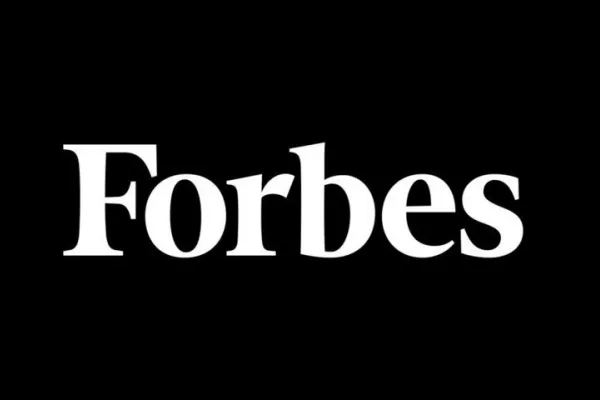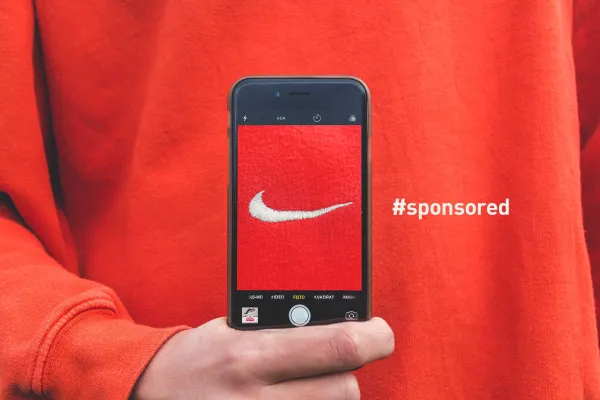 Details
Details
What is the DNA of Native Advertising Success in 2017? How do you adopt a native first mindset? Why is the social media feed so important for native? Does native need traditional advertising to succeed?
We asked Dale Lovell, Chief Digital Officer, from ADYOULIKE, a European leader in native advertising technology, who spoke at our Native Advertising DAYS 2016 conference in Berlin.
See a list of all the interviews from the conference at the bottom of this page.
Below are highlights from the interview, which have been slightly edited for clarity.
Embrace technology to succeed
"To be a successful native advertiser you need the right mindset which is understanding the feed, understanding content, understanding advertising and really embracing technology and programmatic. Really the convergence of creativity, storytelling and technology and data that is now available with programmatic native means that you as a marketer have a real key for success."
Be a pioneer
"The mindset that [marketers] need to adapt is really a kind of pioneering spirit. They need to effectively almost be startups within their own organisations. Native advertising is a new ad medium, or relatively new for a lot of businesses. You need to embrace the opportunity and really think of yourselves as change agents within your organisation whether that's a small business or a very large organisation, you need to have that pioneering spirit and really go at the root of what you're looking to achieve."
The social media feed is the new TV
"If you look back to the sixties and seventies, your audience congregated around the TV set they sat there, they watched TV, they were captured audiences engaging with content that was kind of pushed down towards them for eight-nine hours a day.
The TV viewing as a whole has declined over the last few years and where has it declined to? Where has it moved to? It has moved to the [social media] feed. You engage with your phone or you look at your phone on average 51 times a day and I think that's probably too low for the Millennial audiences. It's probably more like 150 times a day. And ultimately that is where you're engaging with content and with feeds. So that is where your audience is these days."
Dale Lovell is featured in our free e-book: 23 Predictions for Native Advertising 2017
Native can be a standalone product for advertisers
"Native certainly can stand alone. If you look at big publisher entities that are embracing native like BuzzFeed, which is a 100% native advertising business, it certainly can stand alone. That's not to disparage display and other forms of online advertising. I think they all have a place in the marketing mix, but ultimately native advertising over the last few years has matured and really is a kind of standalone product for major advertisers around the world."
How to deal with objections to native
"How do you deal with objections to native? You know the first step is to quote the fact that the market [for native advertising] is going to be worth $59 billion dollars by 2018 so that sometimes engenders change within an organisation.
The main objections that you see to native I feel are around editorial control for brands, for publishers. I think as an industry we're pretty good at self-regulating that and really as a market as a whole we work through those objections from that side of things.
Another kind of objection really is labelling and disclosure. Personally again, I think the market is very evolved on that side of things. Platforms like ADYOULIKE would never integrate with a publisher without full disclosure, so that it's 'sponsored by', 'promoted by' or 'advertisement' which we are increasingly using. From our point of view, that's a given. It's the law as much as anything and then really you can't run a campaign without [labelling]. I think once publishers and advertisers can understand that, they can realise where it fits really."
Don't miss out on Native Advertising DAYS 2017 - sign up for notifications!
The native advertising pyramid
"There are some objections to particular types of native advertising. The native product pyramid that I see from a publisher landscape is very much that you've got your premium native product; which is publisher created content on behalf of a brand, written in the publishers tone of voice, more often than not clearly labeled, clearly sponsored, and then you have native display in-feed units which are very much delivered at scale; primarily kind of promoted branded content that has been created by a brand across publisher environments, and then in the bottom of the pyramid you have the content recommendation units, which most people, most publishers are familiar with..
I think really there's a place for all of those within the native product set. Really it's about an educational piece when you talk through these points with people that object to native advertising. Then they kind of understand the ecosystem a little bit more."
MORE VIDEO INTERVIEWS WITH NATIVE ADVERTISING PROS:
Google: Native Advertising Is the Future of AdvertisingHow Publishers Can Set Up Successful In-house Content Studio Teams
Clicks and followers are just vanity metrics
The 7 Steps to Creating Evergreen Content
Rebecca Lieb: "Advertisers and Brands Need to Adopt to the New Reality"
How native advertising can help extend your brand
“The Head of a Native Ad Studio Should Have an Editorial Background”
BuzzFeed on How to Make Native Advertising Go Viral
T Brand Studio on how they work with native advertising


